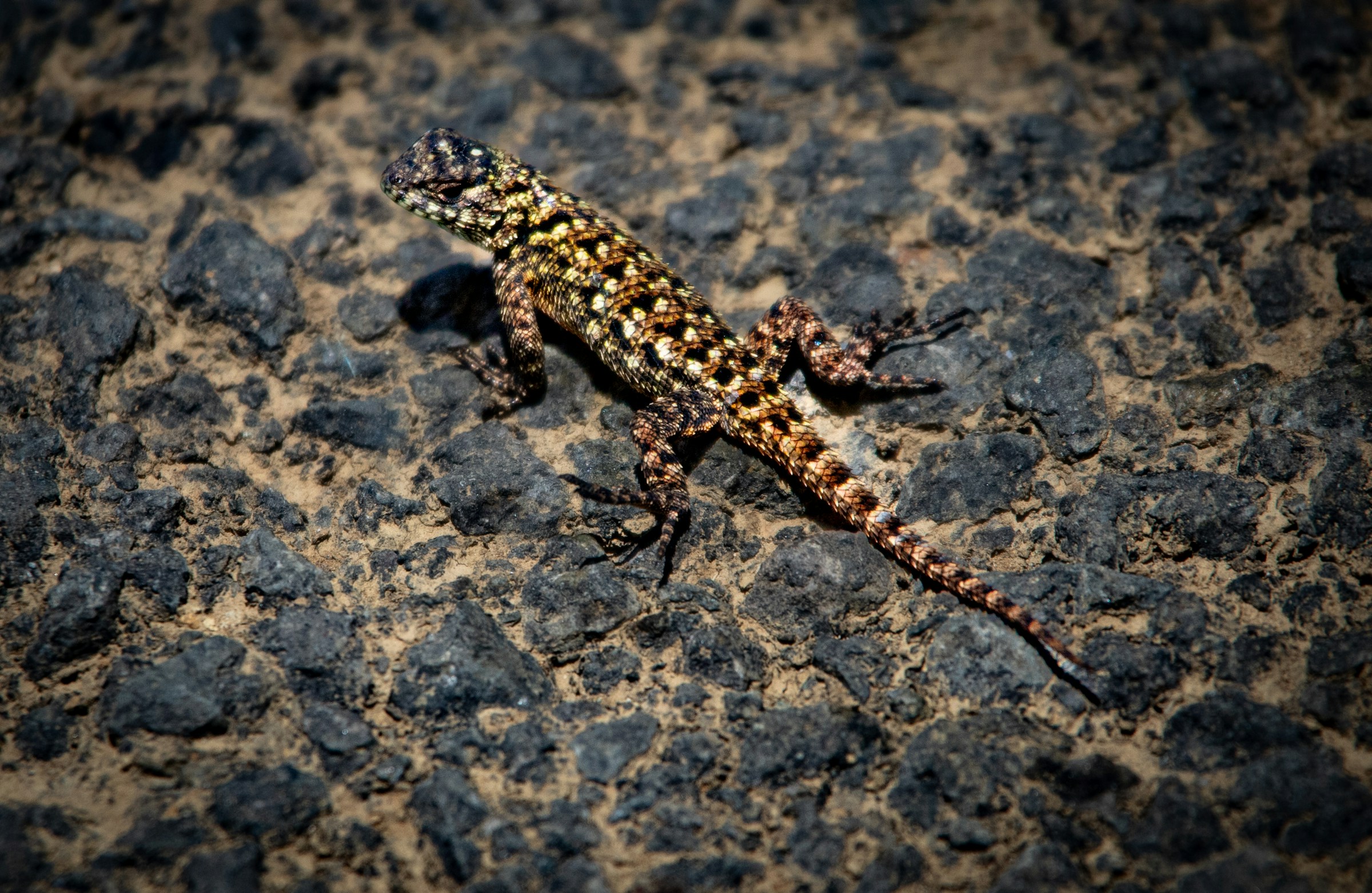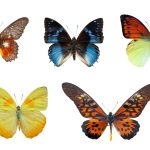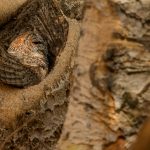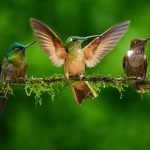The UK has made significant strides in wildlife conservation, particularly through the construction of overpasses and underpasses. These structures play a vital role in ensuring the survival of migratory species, creating safe passages across roads and urban areas. Understanding their impact reveals not only the effectiveness of these measures but also the challenges wildlife still faces. Explore how innovative infrastructure can lead to a more harmonious coexistence between humans and nature, ultimately supporting biodiversity preservation.
Overview of Wildlife Crossings in the UK
Wildlife crossings are structures like overpasses and underpasses designed to allow animals to cross human-made barriers safely. In the UK, these crossings are crucial for conservation efforts, mitigating the negative impacts of roadways on wildlife. Overpasses typically consist of vegetated bridges that blend with the natural environment, while underpasses are tunnels beneath roads.
En parallèle : UK”s Drone Regulations: Safeguarding Nesting Raptors from Disturbance
The primary purpose of these crossings is to reduce wildlife-vehicle collisions, facilitating safe passage for animals. They are particularly significant in areas where roadways intersect with migratory paths. This helps maintain biodiversity by connecting fragmented habitats, allowing species to thrive.
Statistics highlight the critical need for these structures. Many migratory species, such as deer and hedgehogs, are affected by roadways, with thousands of animals falling victim to vehicle collisions annually. Implementing wildlife crossings can significantly decrease these numbers, promoting safer ecosystems.
Sujet a lire : Transforming UK Cities: Strategies for Urban Planners to Create Bird-Friendly Environments
Incorporating wildlife crossings into infrastructure planning demonstrates a commitment to conservation. By prioritising these structures, the UK can help protect its diverse wildlife, ensuring that animals can move freely and safely across the landscape. This integration is essential for sustaining the country's rich biodiversity and promoting ecological harmony.
Case Studies of Successful Wildlife Overpasses and Underpasses
Examining successful wildlife crossings in the UK offers insight into their design and effectiveness. These structures not only aid in conservation but also demonstrate community and governmental involvement.
The Eco-Trail in Devon
The Eco-Trail in Devon is a prime example of a successful wildlife overpass. It features a vegetated bridge that seamlessly integrates with the surrounding landscape. This crossing has significantly reduced wildlife-vehicle collisions, benefiting species like deer and foxes. Local communities and conservation groups played a pivotal role in advocating for its construction, showcasing a collaborative effort in wildlife conservation.
The Green Bridge in Hampshire
Hampshire's Green Bridge serves as an underpass that accommodates both small and large animals. Its design is tailored to the natural behaviour of species such as badgers and otters. Since its implementation, there has been a noticeable increase in safe animal crossings. Governmental support was crucial in funding and maintaining this project, highlighting the importance of public investment in conservation infrastructure.
The Wildlife Overpass in Scotland
In Scotland, a notable wildlife overpass has been instrumental in protecting red squirrels and pine martens. Its effectiveness is attributed to careful planning and community input. The project received widespread support from environmental organisations, reinforcing the value of partnerships in achieving conservation goals.
Ecological Benefits of Wildlife Crossings
Wildlife crossings play a pivotal role in enhancing habitat connectivity for migratory species. By bridging fragmented landscapes, these structures allow animals to access different areas essential for their survival and reproduction. This connectivity is crucial for maintaining genetic diversity, which is a cornerstone of robust biodiversity.
Reducing wildlife-vehicle collisions is another significant ecological benefit. By providing safe passage across roads, these crossings decrease the likelihood of accidents, protecting both animals and humans. This reduction in collisions not only saves lives but also minimises the disruption to ecosystems caused by the loss of key species.
Supporting biodiversity and overall ecosystem health is central to the purpose of wildlife crossings. By facilitating the movement of species, these structures help maintain balanced ecosystems where various species can coexist and thrive. This balance is vital for ecosystem services such as pollination, seed dispersal, and pest control, which are essential for a healthy environment.
In summary, wildlife crossings are not just about preventing accidents; they are integral to fostering biodiversity and ensuring the ecological integrity of landscapes. By prioritising these structures, we contribute to a more sustainable and harmonious coexistence with nature.
Challenges in Implementing Wildlife Crossings
Implementing wildlife crossings poses several challenges, primarily related to construction issues. Financial constraints are a significant barrier, as these structures require substantial investment. Funding often relies on governmental support or private partnerships, which can be limited or inconsistent. Additionally, logistical challenges arise from integrating crossings into existing infrastructure, which may involve complex planning and coordination.
Public perception plays a crucial role in the success of wildlife crossings. While some communities recognise their ecological benefits, others may question their necessity, viewing them as an unnecessary expense. Gaining widespread public support is essential to secure funding and approval for construction projects. Community engagement and education about the benefits of wildlife crossings can help shift perceptions and build consensus.
Maintenance and monitoring of existing structures are also critical. Over time, wildlife crossings may require repairs or upgrades to remain effective. Regular monitoring ensures that these structures continue to function as intended, facilitating safe animal passage and reducing collisions. However, maintenance can be costly and resource-intensive, necessitating ongoing financial and logistical support. Addressing these challenges is vital for the continued success and expansion of wildlife crossings, ensuring they fulfil their role in conservation efforts.
Analysis of Species Affected by Roadways
Understanding the species impact of roadways is crucial for effective conservation strategies. Various animal groups are affected by these barriers, with significant implications for their migratory patterns and overall wildlife safety.
Mammals: Badgers and Deer
Badgers and deer are among the mammals most impacted by roadways in the UK. Their natural habitats often intersect with roads, leading to frequent collisions. This not only endangers these animals but also poses safety risks for drivers. Targeted conservation efforts, such as wildlife crossings, are essential to mitigate these dangers and ensure safe passage for these species.
Birds: Migratory Patterns
Birds face unique challenges due to habitat fragmentation caused by roadways. This can alter their migratory patterns, leading to reduced access to critical resources. Conservation measures must consider these changes to support healthy bird populations and maintain ecological balance.
Amphibians and Reptiles: Vulnerable Species
Amphibians and reptiles are particularly vulnerable to roadways. Their slow movement makes them susceptible to vehicle collisions. Implementing specific wildlife safety measures, like underpasses, can protect these species, highlighting the importance of targeted conservation efforts to address their unique needs.
Future Recommendations for Enhancing Wildlife Crossings
Enhancing wildlife crossings requires a combination of innovative designs, policy improvements, and community involvement. Future improvements can be achieved through the integration of advanced technologies, such as sensors and cameras, to monitor animal movements and crossing effectiveness. These innovations not only enhance safety but also provide valuable data for refining conservation strategies.
Policy recommendations are essential for providing greater protection to migratory species. Implementing stricter regulations on infrastructure development in ecologically sensitive areas can help preserve natural habitats. Additionally, increased funding and incentives for projects prioritising wildlife crossings can accelerate their integration into national infrastructure plans.
Community involvement is crucial for the success of these initiatives. Raising awareness through educational campaigns can foster public support and encourage active participation in conservation efforts. Local communities can play a pivotal role in advocating for the construction and maintenance of crossings, ensuring their long-term viability.
By focusing on these areas, future improvements in wildlife crossings can significantly enhance their effectiveness, contributing to the overall success of conservation strategies. This holistic approach ensures that both animals and humans benefit from a more harmonious coexistence with nature.






